What Are The Iso Settings On My Camera
ISO is one of the most fundamental and essential aspects of photography, essential for primary photographic camera control. Without a proper ISO setting, your camera will have photos that are either too bright or as well nighttime.
What does ISO stand up for?
ISO stands for International Organization of Standardization. The International Organization of Standardization was a governing body responsible for standardizing sensitivity ratings for camera sensors. In the days of movie cameras, the ISO body would rate motion picture's sensitivity to light, giving information technology a speed and ASA rating. The light-sensitive picture requires less calorie-free to develop a properly exposed photo. A loftier ISO number makes the roll of movie more sensitive to low-cal.
When the photography earth made the switch to digital cameras, it retained the ISO standard to depict a digital sensor's light sensitivity. The minimum setting on most digital cameras is ISO 100, which is the least sensitive to light. The maximum light sensitivity setting varies past photographic camera model. If a photo starts to look grainy, it has a high ISO. Yous shouldn't have a high ISO is you want your photo to await less grainy.
Why is ISO important?
ISO is one of the three components of exposure in photography. It affects how bright your image quality is, as well as the amount of digital noise, or grain, the image quality volition take in it. Understanding when and how to heighten and lower your ISO volition help y'all reach the await you want in your prototype quality.
Remember ISO value and exposure value are not the same affair. While ISO values control the low-cal sensitivity, it doesn't determine how much light is captured by the camera. That chore belongs to the combined settings of your camera'south shutter speed and aperture.
The job of ISO value is only to amplify the low-cal signal that the photographic camera receives. In the process, it tin can produce a similar effect equally opening the aperture or using a wearisome shutter speed.
ISO values does not influence exposure. Exposure value is the production of discontinuity and shutter speed, which together, capture a sure quantity of low-cal in a given lighting situation. The base ISO number does influence the final image quality by controlling how bright or nighttime it will be, using the exposure value every bit a base of operations.
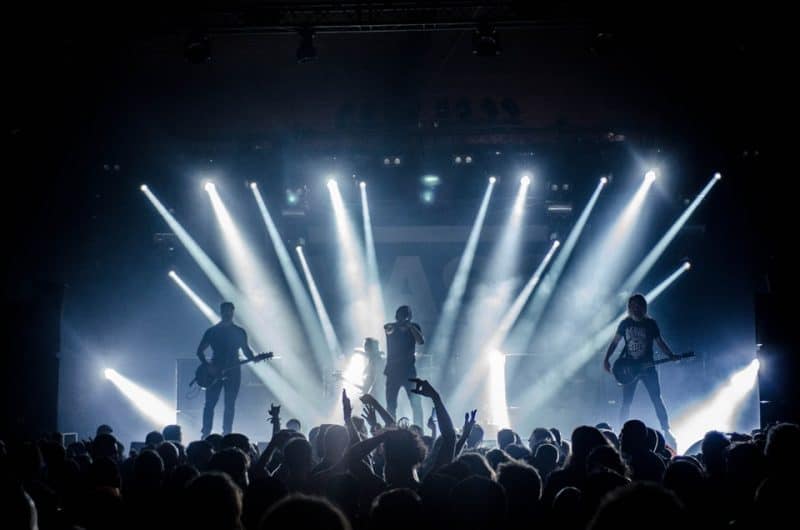
Let'due south say that you lot are photographing a kid in a dimly lit room. Imagine that you take ready an exposure value of f/v.6 and ane/100 sec. The base ISO number is set to 100. Considering that the room is poorly lit, the exposure will be very nighttime. Try to increase the base ISO number to ISO 400. ISO 400 will make the exposure immediately better even though the amount of light captured by the photographic camera did non alter. Notwithstanding need some help with exposure? Read this nifty tutorial!
How Photographic camera ISO Works
Today'southward digital camera has several levels of sensor sensitivity, typically between ISO 100 and ISO 1600. Many digital cameras offer high ISO settings (east.yard. ISO 1600, ISO 2000, ISO 3200, even up to ISO 6400!) This gives yous the freedom to change the calorie-free sensitivity according to your needs. The indicate received by the sensor is amplified using an analog procedure. At that place is a limit to how much this signal can exist amplified earlier an image becomes likewise grainy to apply.
How to Change the ISO Setting
Here's how to lower or increase the ISO setting of the near pop camera brands:
Nikon's entry-level digital cameras don't take a dedicated ISO push button, but the ISO setting tin be establish within the touchscreen menu.
- Press the 'Info' button to pull up the card screen at the dorsum of the camera
- Printing the 'I' button at the back of the photographic camera to brand the options selectable
- Toggle the four-way button at the back of the photographic camera till you reach ISO
- Press Ok. The diverse ISO options will come up.
- Use the up and down pointer from the iv-fashion selector to select the ISO number of option
- Press Ok.
- Press the 'Info' button over again
For professional and semi-professional Nikon models, a dedicated ISO button is located on the camera body.
- Press the ISO button on the camera
- The display should read out the current ISO number
- Plough the control punch at the back of the camera to change the ISO number
Electric current versions of the popular Canon Rebel digital cameras feature a defended ISO push button.
- Press the ISO button to display bachelor ISO options
- If it has a touchscreen, simply pressing the ISO number will select the ISO
- If information technology does non have a touchscreen turn the command dial to change the ISO number
Sony digital cameras, such as the A7 series, include a dedicated ISO selector located on the back of the camera. Change the ISO of these digital cameras using the selector cycle.
- Press down where it is mentioned ISO.
- The brandish at the back of the camera will prove you lot the ISO number that is active.
- Y'all can now turn the selector wheel, and it will scroll through the available ISO numbers.
ISO and Exposure
You may exist wondering why photographers prefer to lighten a scene by changing the ISO number instead of adjusting the aperture or shutter speed. ISO simply offers the almost flexibility and better results. In some situations, you are in no position to alter the discontinuity or the shutter speeds, or both.
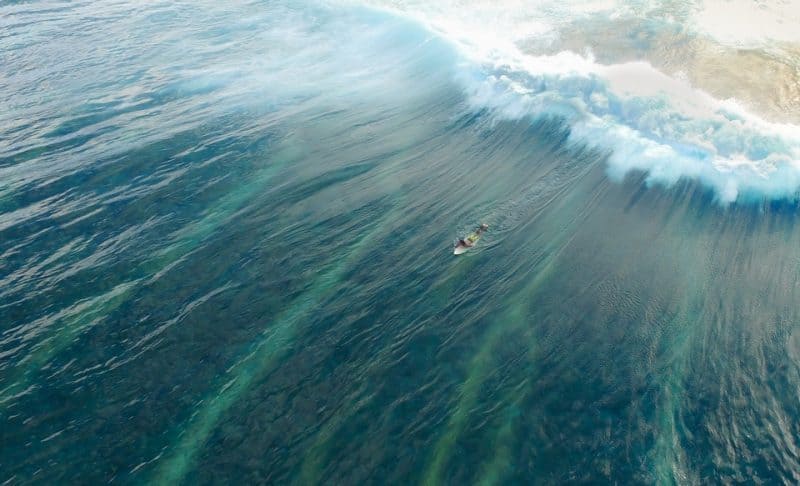
- Allow'southward say you lot are using a kit lens which opens to only nigh f/5.half-dozen. That means the widest aperture you could use is only f/5.6 when shooting at its tele end. Without ISO, your only option is to change the composition past zooming out and so using a smaller aperture. Only even then, kit lenses aren't known for having the fastest apertures.
- Imagine a situation without a tripod which requires you to concur the camera by hand. Yous can only use minimum shutter speeds before bringing undesirable motility mistiness into the equation.
- Assume that you are shooting a photograph of the Milky way. You need a fast discontinuity, so, f/ane.viii would be the right option. But you also need a razor-sharp composition which has no "star trail." That means you need to shoot with a faster shutter speed. Simply a combination of wide open up aperture and a faster shutter speed wouldn't let in plenty light.
The solution in all these examples is to employ a high ISO number. There are many situations where raising or lowering the ISO number is the only manner to become the highest quality.
[ad id='three′]
What is Car ISO?
Auto ISO is a very useful characteristic available in many digital cameras. With Auto ISO enabled, the camera determines the best ISO number automatically, depending on parameters such equally the exposure value and ambience calorie-free levels in the scene. Auto ISO takes intendance of one of the three shooting parameters that you must dial in yourself. The iii parameters are the shutter speeds, the discontinuity, and the ISO.
Allow's say that y'all want a specific look and experience for your epitome regarding the depth of field and amount of image blur. That means both aperture and shutter speeds are fixed. In a situation like this, when you know that you cannot tweak either of the exposure value components, changing the ISO becomes the just option. Just what if the low-cal changes rapidly? Car ISO is the perfect solution in this state of affairs. Otherwise, you lot'd have to constantly suit the ISO manually.
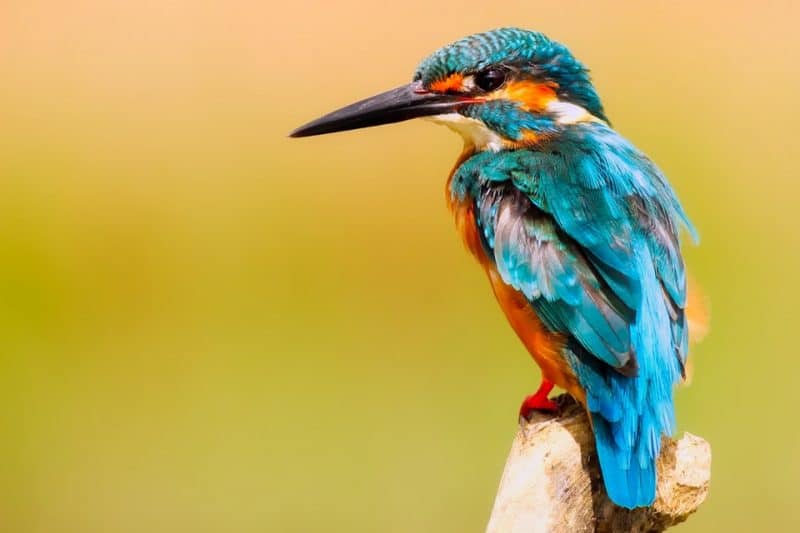
Car ISO is used across a broad spectrum of photography genres. Accept sports photography, for example. Y'all demand a certain depth of field to isolate the subject from the background. A faster shutter speed is required as well. Balancing the exposure becomes rather catchy, and Motorcar ISO helps immensely.
What ISO settings should I use?
Yous demand to change your ISO when the low-cal changes or y'all need to control the ambient exposure. If there is bright sunlight and you are shooting outdoors, you lot volition need to use a smaller ISO number. If you are shooting indoors and the subject is stationary, you need a college ISO number. However, if you are using a flash or speedlight, you need to use a pocket-sized ISO number to ensure that the paradigm is non overexposed.
Your goal should be to proceed your ISO every bit low as possible and still achieve the look you desire for your prototype, given your other choices for shutter speeds and aperture. Yous should just raise your ISO when you are unable to brighten the photograph using a slower shutter or wider aperture. For instance, you may be shooting a wedding in low light. Yous are shooting at f/2.8, which is equally fast every bit your lens works. You desire to end the action, so you are shooting with a fast shutter speed of 1/25o. If your paradigm is still nighttime at ISO, raise it until you have a properly exposed photo.
The only downside to using high ISO is the advent of paradigm grain, ordinarily referred to as noise. Image grain looks like tiny white dots that appear beyond the image, especially around the darker shadow areas. Using a low native ISO number produces the cleanest imagery. If you must use a higher ISO, noise reduction becomes an of import aspect of mail-product. Demand help fixing a grainy photo? Nosotros have the answers!
ISO for night photography
A dark-time shot is the most difficult since it requires the perfect balance between all the exposure parameters, including ISO. Permit's say you are shooting a dark-time portrait shot. You will want the widest aperture that your lens tin handle. This will do two things: Permit a lot of light and provide a shallow depth of field.
Next, the shutter speeds should depend on the amount of the ambient light you lot wish to capture. While shutter speed is primarily used to freeze move, it also controls the amount of ambient light that is captured.
If you are not using a wink, your ambience exposure needs to be slightly college. Otherwise, your subject'south confront will appear too dark. To attain this, yous need a longer shutter speed. But the trouble with longer shutter speed is that it induces image mistiness. In this case, a higher ISO number can balance the exposure. Click here for more tips on shooting night skies!
ISO for daylight
During the daytime when shooting outdoors, you can use the Sunny xvi Rule to ensure proper exposure. Shutter speed is the reciprocal of the ISO number. If it is bright sunlight and you lot are shooting outdoors, ready your photographic camera ISO 100. With a ISO 100, apply a faster shutter speed of ane/100 (one over the ISO number) and utilise an aperture of f/xvi.
The Sunny xvi Rule is the basis for multiple other situations. If it is clouded and you need to open the aperture, you tin either eyeball the exposure or use a light meter. Let's imagine the fast shutter speed is request for 1/100. This might be a little towards the red line, specially if you are using a telephoto lens. And so, y'all make up one's mind to set your fast shutter speed at 1/200. Therefore, what is the ISO number? The answer is ISO 200. ISO 200 is reciprocal of the shutter speed.
ISO for indoors
Get-go with ISO 100 or ISO 200 if you demand more exposure. Fix your fast shutter speed and aperture where yous want or demand them to be given your goals of the photo. And then suit your ISO to achieve the exposure you are looking for, whether ISO 100 or ISO 200. Remember that images using high ISO like ISO 200 can become grainy or noisy, but a grainy image is better than one you don't capture at all!
ISO and shutter speed for wildlife photography
Wildlife photography is yet another demanding requirement for photographers. The lite is constantly changing, with the direction, intensity and colour temperature in constant fluctuation. For situations like this, it is imperative that you lot apply a color chart as a reference. This ensures that you take the correct white balance setting for each session.
If you are shooting with a strong directional lite during the early part of the day or the tardily afternoon (also known as the aureate hour), start with your aperture setting first. Adjacent, residue the shutter speed. Choose the everyman ISO after your exposure value is dialed in. If you lot need a faster shutter speed, you tin can ever dial in a high ISO number. If yous're using a higher ISO number, exist sure to balance the exposure with the high ISO number. This volition be a expert time for Motorcar ISO if your camera supports information technology.
https://world wide web.youtube.com/watch?5=lFUCvA3KWtU
Source: https://www.colesclassroom.com/understanding-iso/
Posted by: marquardtaccur1984.blogspot.com

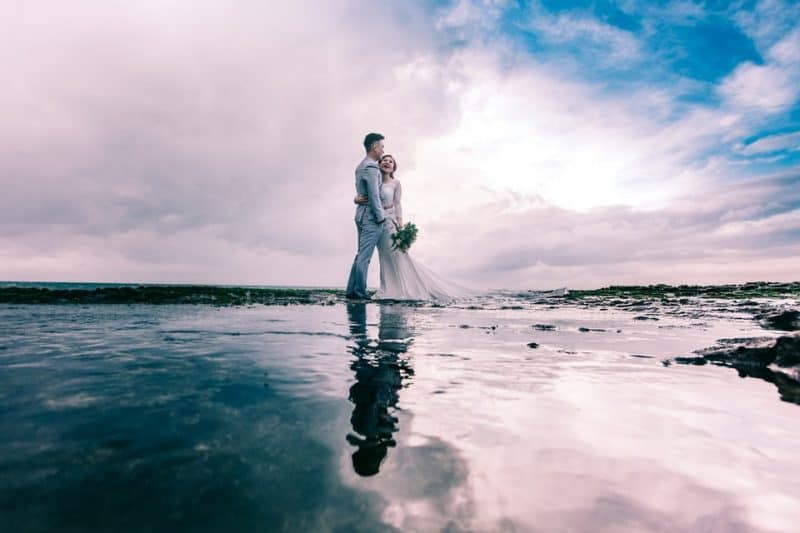
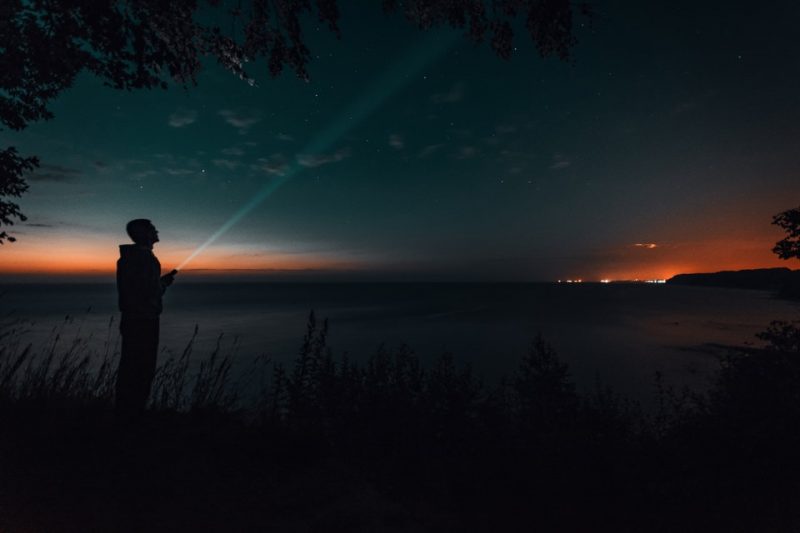
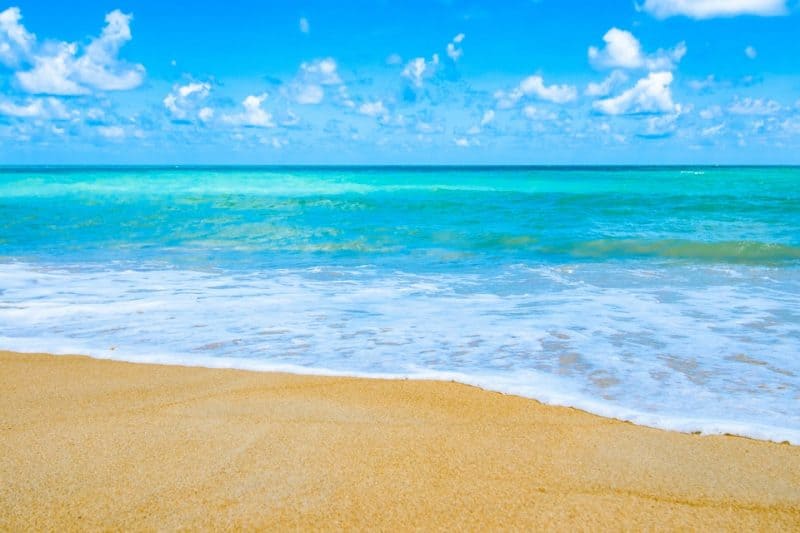
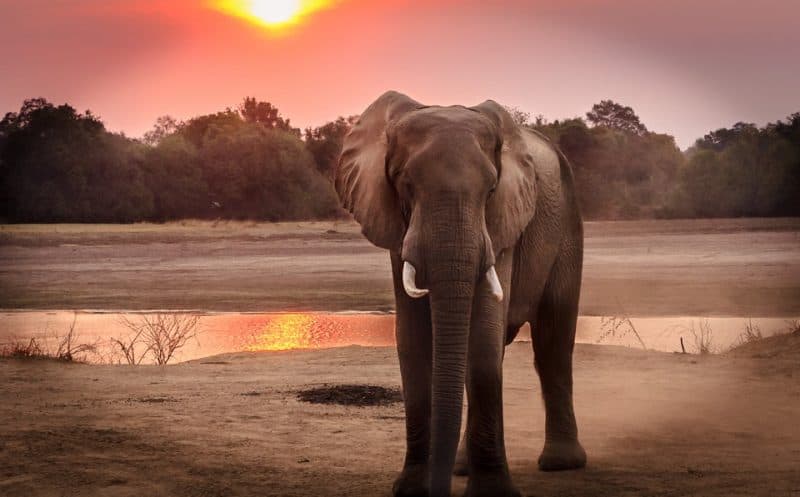

0 Response to "What Are The Iso Settings On My Camera"
Post a Comment